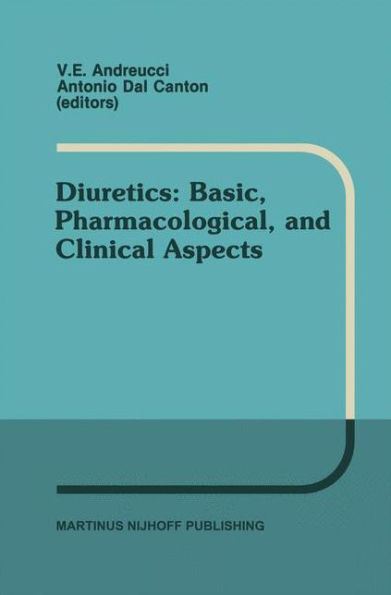5
1
9780898388855


Diuretics: Basic, Pharmacological, and Clinical Aspects: Proceedings of the International Meeting on Diuretics, Sorrento, Italy, May 26-30, 1986 / Edition 1 available in Hardcover

Diuretics: Basic, Pharmacological, and Clinical Aspects: Proceedings of the International Meeting on Diuretics, Sorrento, Italy, May 26-30, 1986 / Edition 1
- ISBN-10:
- 0898388856
- ISBN-13:
- 9780898388855
- Pub. Date:
- 05/31/1987
- Publisher:
- Springer US
- ISBN-10:
- 0898388856
- ISBN-13:
- 9780898388855
- Pub. Date:
- 05/31/1987
- Publisher:
- Springer US
219.99
In Stock

Product Details
| ISBN-13: | 9780898388855 |
|---|---|
| Publisher: | Springer US |
| Publication date: | 05/31/1987 |
| Series: | Developments in Nephrology , #18 |
| Edition description: | 1987 |
| Pages: | 576 |
| Product dimensions: | 6.14(w) x 9.21(h) x 0.36(d) |
From the B&N Reads Blog
